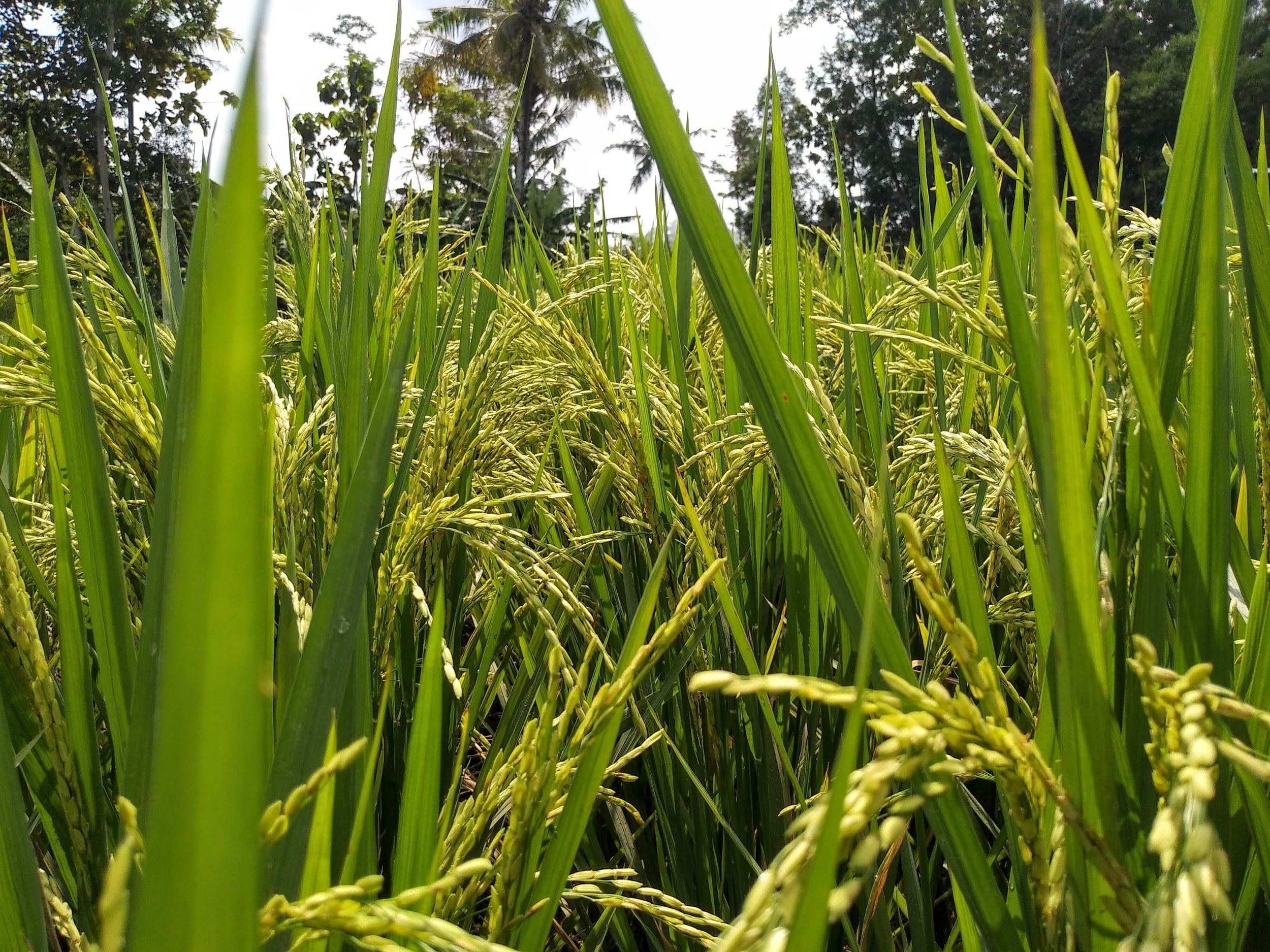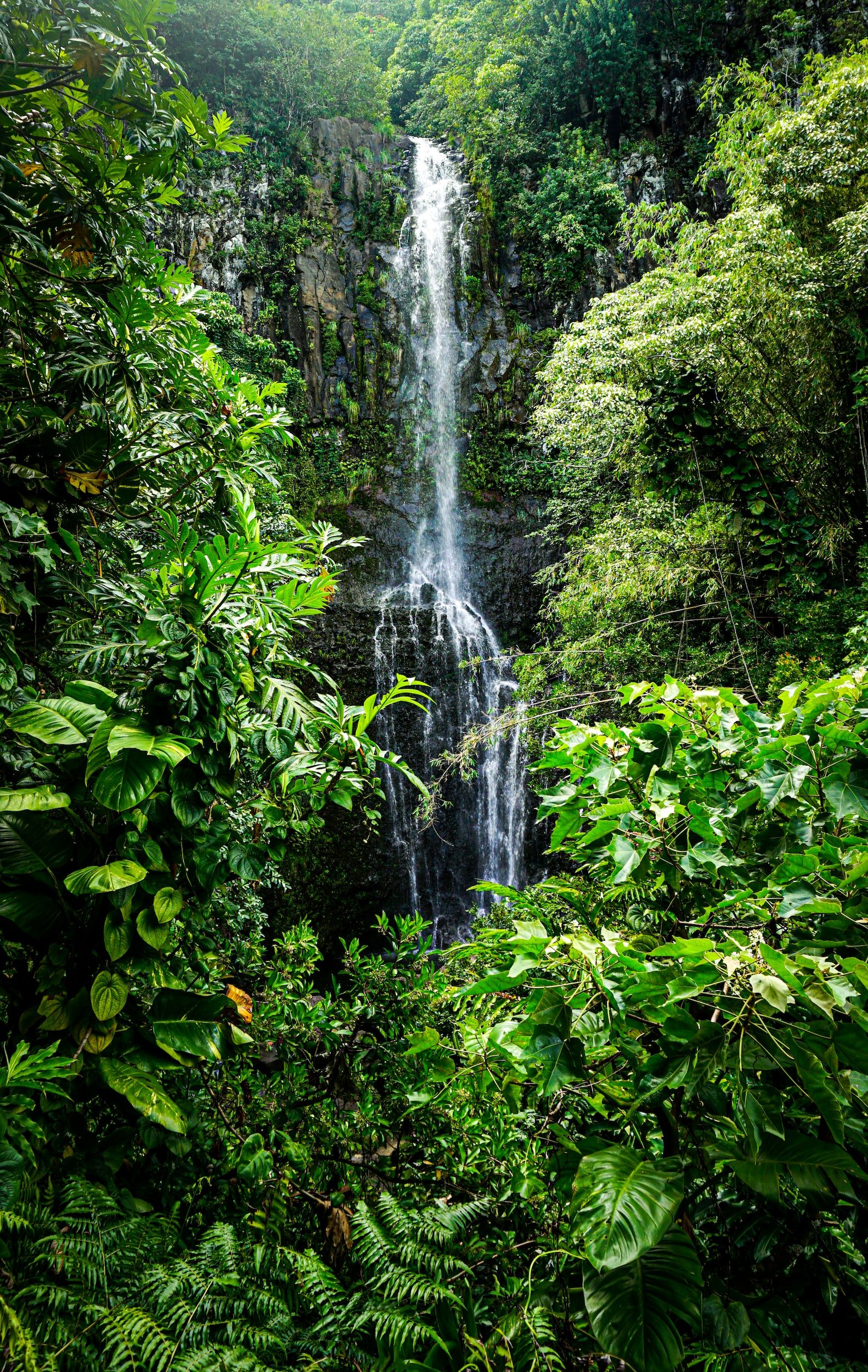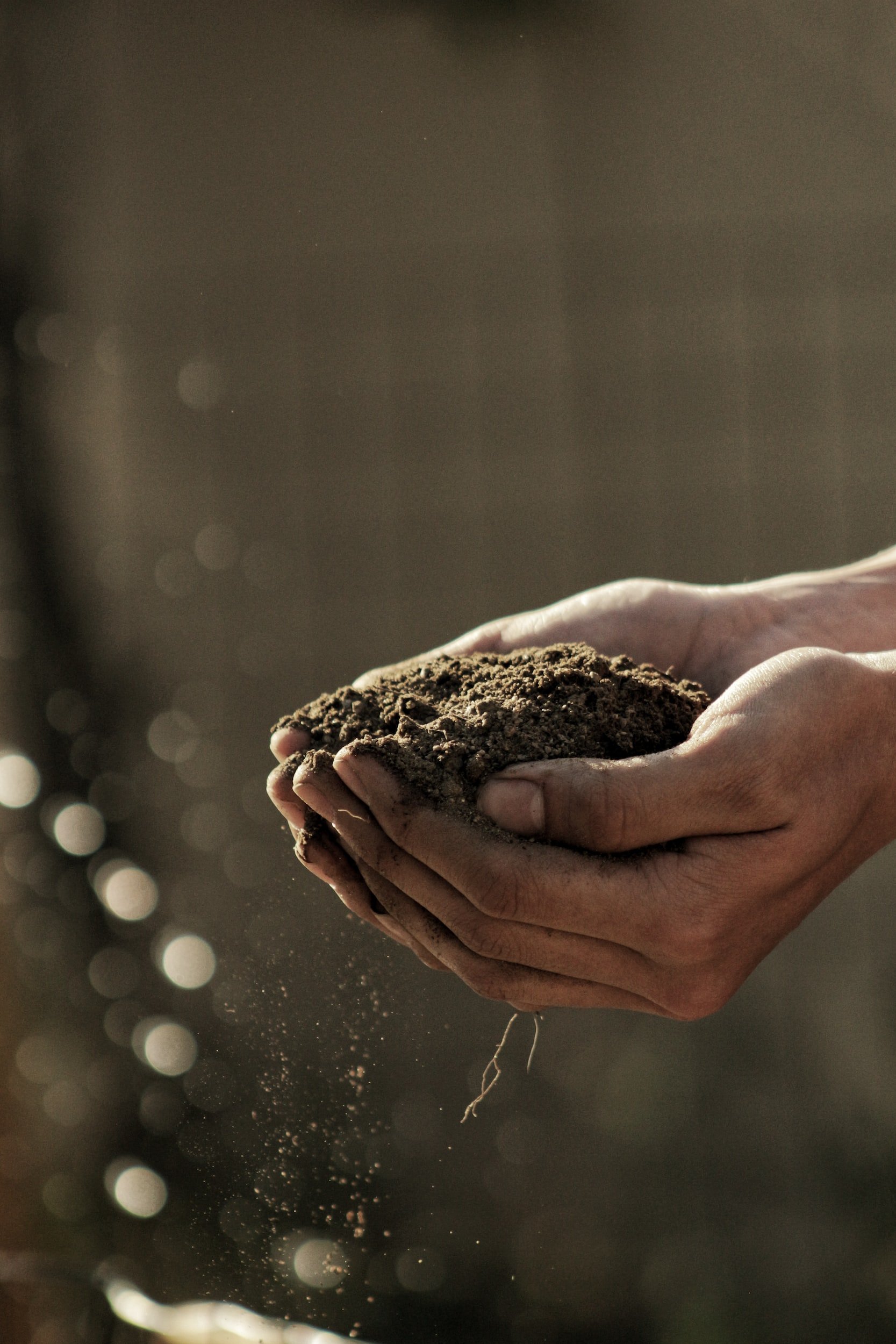Approved Methodologies
-

SCM0002: Methane emission reduction by adjusted water management practice in rice cultivation
This methodology quantifies emission avoidance through reduced anaerobic decomposition of organic matter in rice cropping soils.
-

SCM0003: Methodology for Carbon Removals in Private Conservation Areas
This methodology presents a procedure for determining the annual removal of CO2 from the atmosphere by areas of native vegetation located on private property in Brazil.
-

SCM0004: Methodology for the regeneration of Spekboom Thicket
This methodology will provide a means to quantify net GHG emission removals from project activities that restore and regenerate Spekboom Thicket.
-

SCM0005: Methodology for regenerative land management
This methodology provides procedures to estimate the greenhouse gas (GHG) emission removals resulting from the adoption of regenerative agricultural practices that increase soil organic carbon (SOC) storage.
-

SCM0006: Methodology for the Conservation of Areas of Biodiversity Importance
This methodology is designed to offer a new financing mechanism for conservation efforts worldwide. The methodology quantified net GHG emission removals (NERs) from project activities that conserve terrestrial habitats of significant biodiversity and/or ecosystem value.
-

SCM0007: Methodology for the treatment of Harmful Algae Blooms
This methodology provides a means to quantify net GHG removals through the treatment of harmful Algae Blooms in freshwater.
-

SCM0008: Methodology for the Restoration of Mangroves
This methodology provides a means to quantify net GHG emission removals (NERs) from project activities that plant and restore Mangroves.
-

SCM0009: Methodology for Afforestation, Reforestation, Revegetation
This methodology provides a means to quantify net GHG emission removals (NERs) from project activities that plant and restore native forest habitats. In doing so, it aims to facilitate the implementation and scaling up of native forest restoration efforts globally.
-

SCM0010: Methodology for Peatland Restoration
This methodology provides a modular approachmto to quantify net GHG removals and/or reductions from peatland restoration.
Methodologies under Public Consultation
-

SCM0011: Methodology for Avoided Deforestation on Smallholdings
Public Consultation: 17th Nov 2025 - 24th Jan 2026
This methodology provides a means to quantify and reward the climate benefits of avoided deforestation and degradation on smallholder lands.
Methodologies Under Development
-
No methodologies currently under development
Inactive Methodologies
-

SCM0001: Methodology for the installation of Energy Efficient Cookstoves
This methodology is applicable for project activities that introduce new efficient thermal energy generation units that reduce pressures on natural forests / unsustainable wood fuel.
Inactive since 26th November 2024
Methodology Survey
Interested in having a methodology approved?
View our methodology approval process for more information or contact us.
